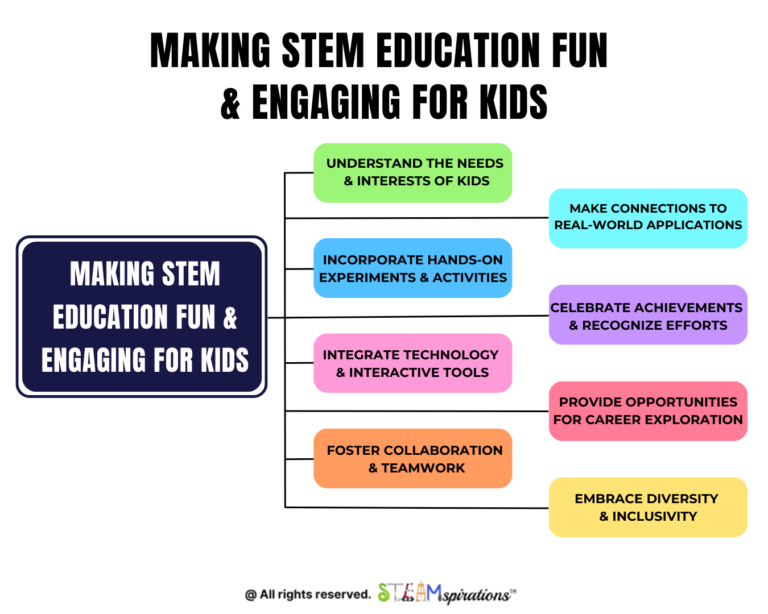How would you feel if one day you walked into your room, the room you have known and slept in for the past 20 years, and you find everything turned upside down? Furniture is moved around, walls are painted a different color, everything inside your drawers is a mess. This is the world that we teachers woke up to one day during the COVID crisis.
Without any notice, we were expected to transition to an online environment. One that we were not used to, that was foreign to us, that made us feel uncomfortable. However, as educators we adapted, because that is what we do, and through the process we grew tremendously in the area of technology. I think we all would like to continue this growth when we go back to school, so I thought to write about 5 ways to effectively integrate technology in an online environment.
1. Create
The ultimate goal for tech integration is for students to be able to create content. Technology is a lot more than having students simply log into an online program. When students are allowed to use their imagination and design content, the opportunities are endless. Students can start a podcast on a concept, record themselves teaching, start a blog, a website, create a digital poster, or an online game. Creativity requires high level thinking skills, so students will be challenged and motivated to learn the content well.
2. Access
Technology should be integrated in a way where it makes the content accessible to students. The more student can access the content autonomously, the easier it will be for them to learn. Also, as content become accessible to students, they will be able to learn at their own pace and access information anywhere through their mobile devices. Having access to the content can be used as refreshers of what students have learned.
3. Digital Ecosystem
Creating a digital ecosystem is pivotal in maximizing learning in an online environment. Students should be provided with opportunities to exchange ideas online. As they exchange ideas and upload their work digitally, they will stay motivated and learn from each other. Students should be encouraged to critique, respond, and contribute to each other’s work. Creating a digital ecosystem will increase student collaboration.
4. Feedback
Technology is a powerful tool to gather feedback. Teachers can use surveys and questionnaires to improve their instruction. They can see what are ways that they can tweak their online classrooms to make them better, what is working, and what is not working. Students can also get feedback from each other.
5. Consistency
Like everything else, I would encourage teachers to be consistent with the use of technology. The more that it is implemented, the more that students will feel comfortable with it. Also, if done consistently, students will begin to become self-directed learners and know how to navigate online classroom and tools. The goal should be for the online class to run on its own, as the teacher serves as a facilitator.

